Roli Books Catalogue 2022-23
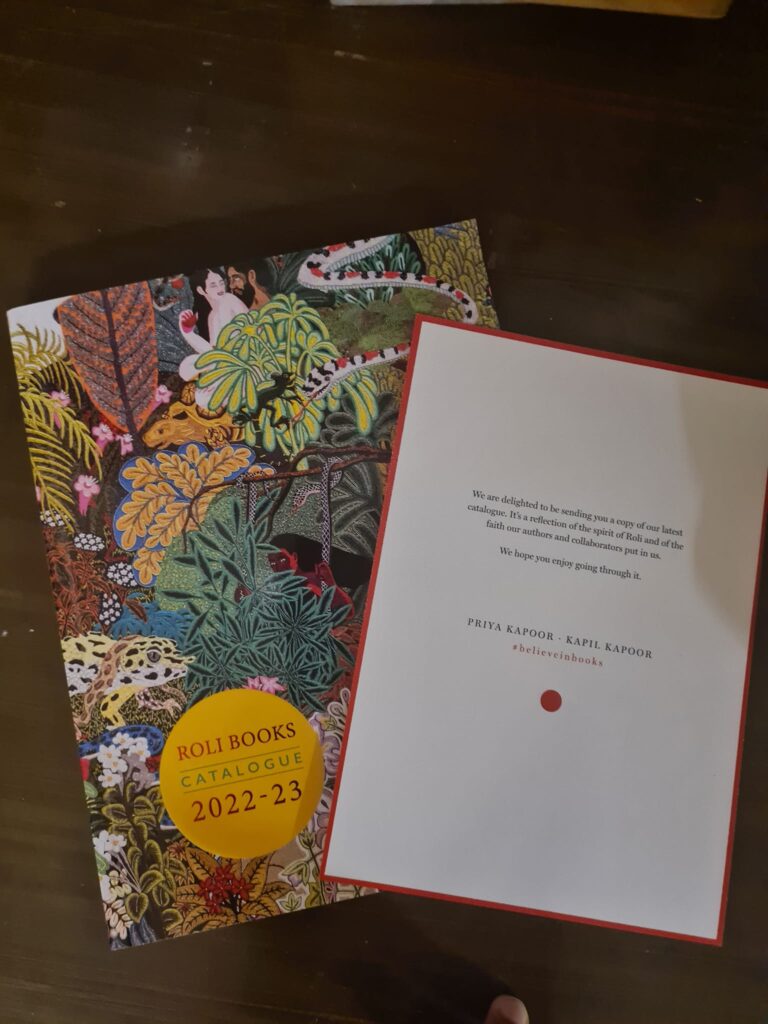
Thank you, Priya Kapoor and Kapil Kapoor for an incredibly stunning Roli Books catalogue! Congratulations, for a fine list.
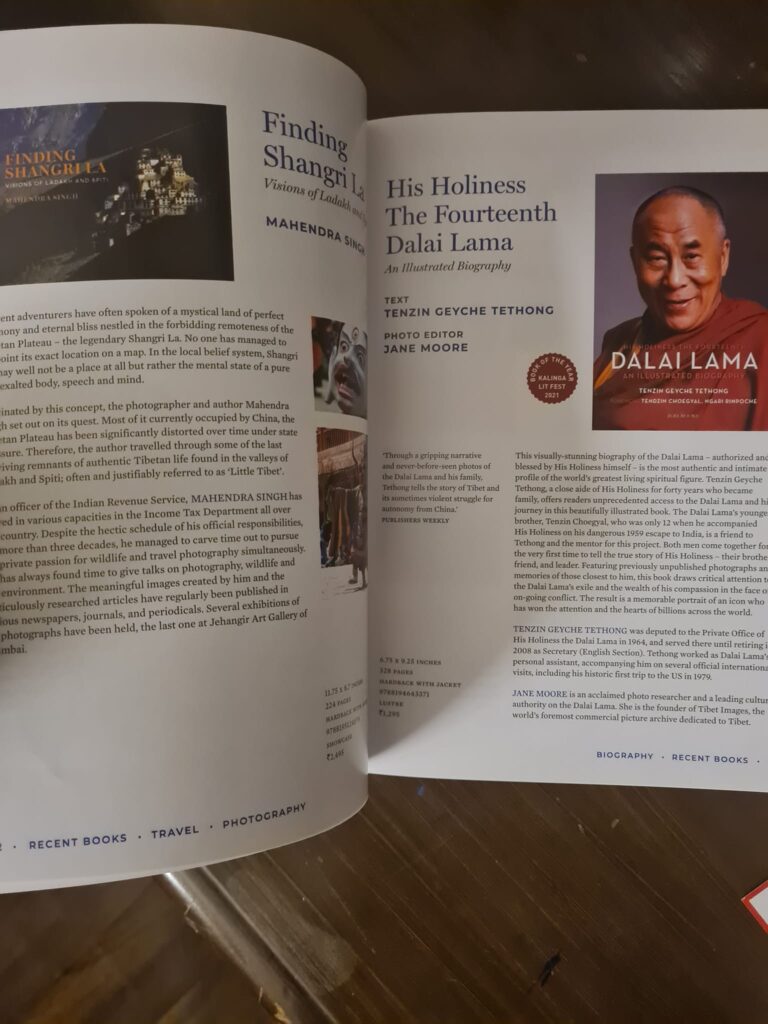
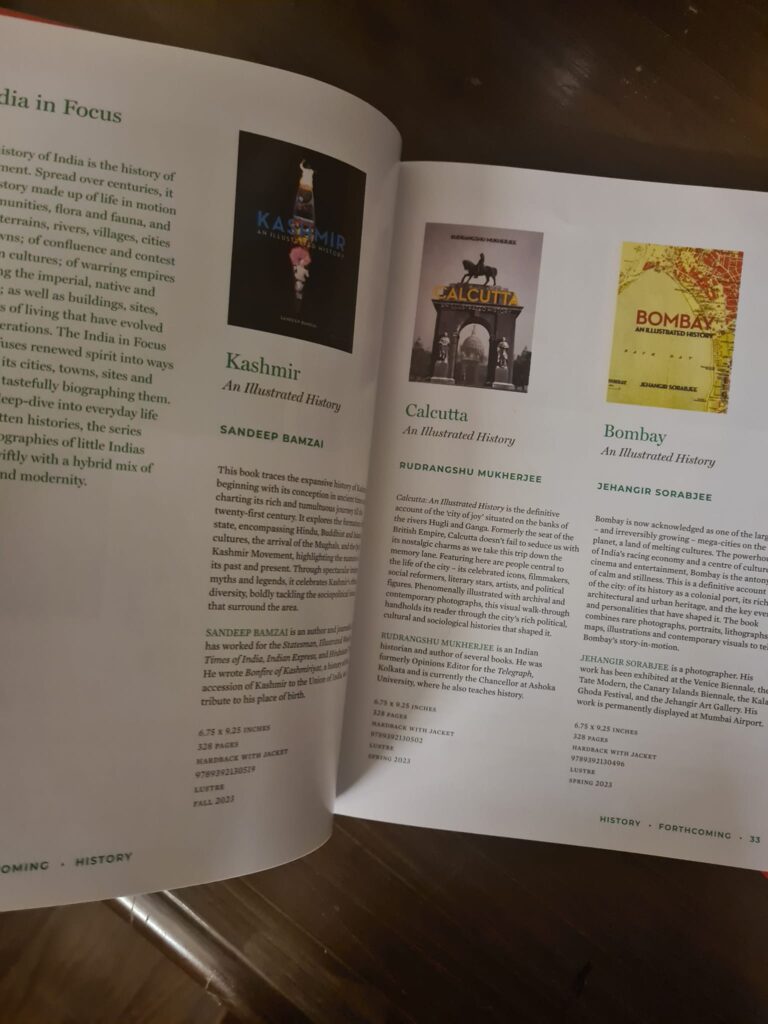
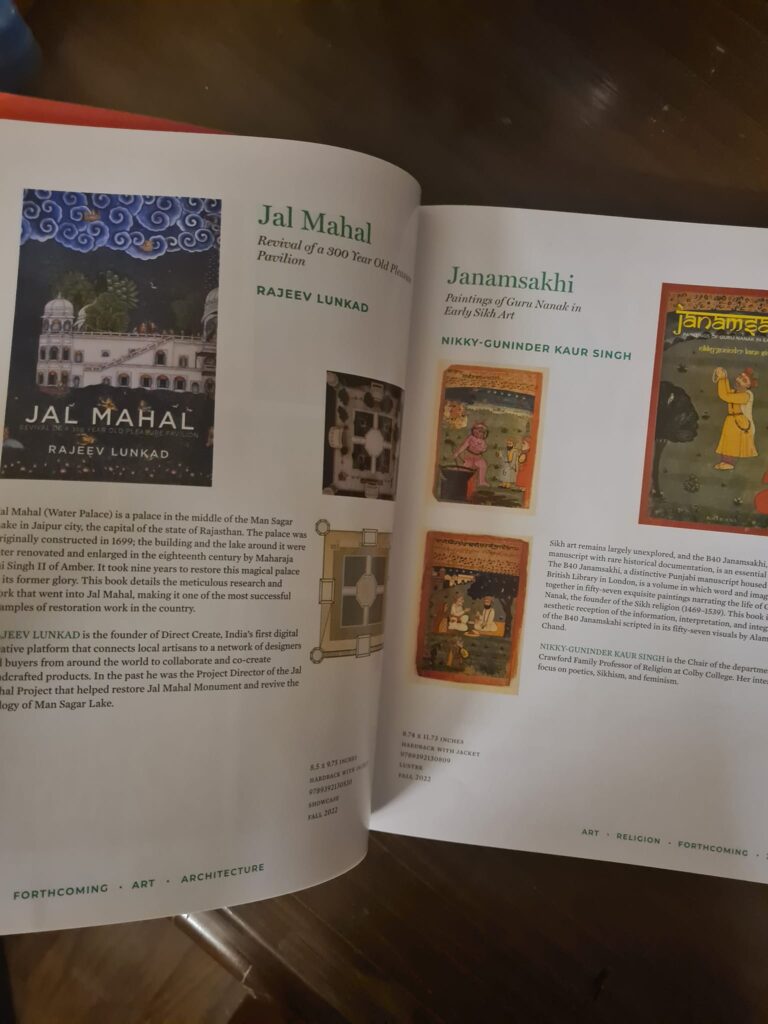
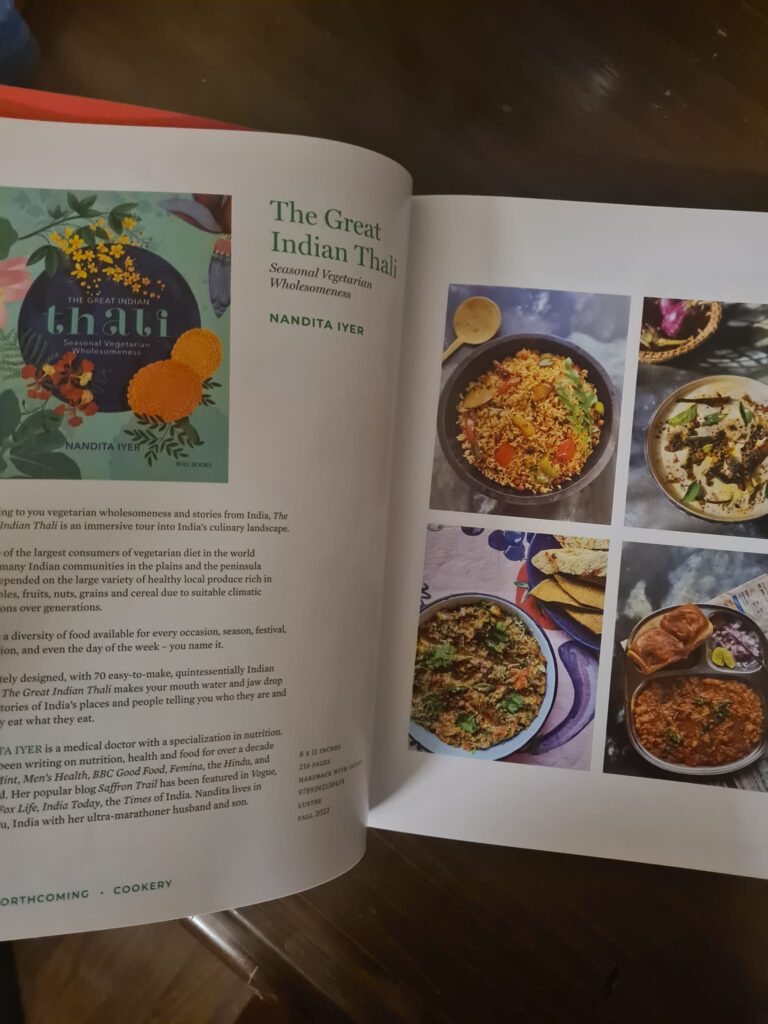
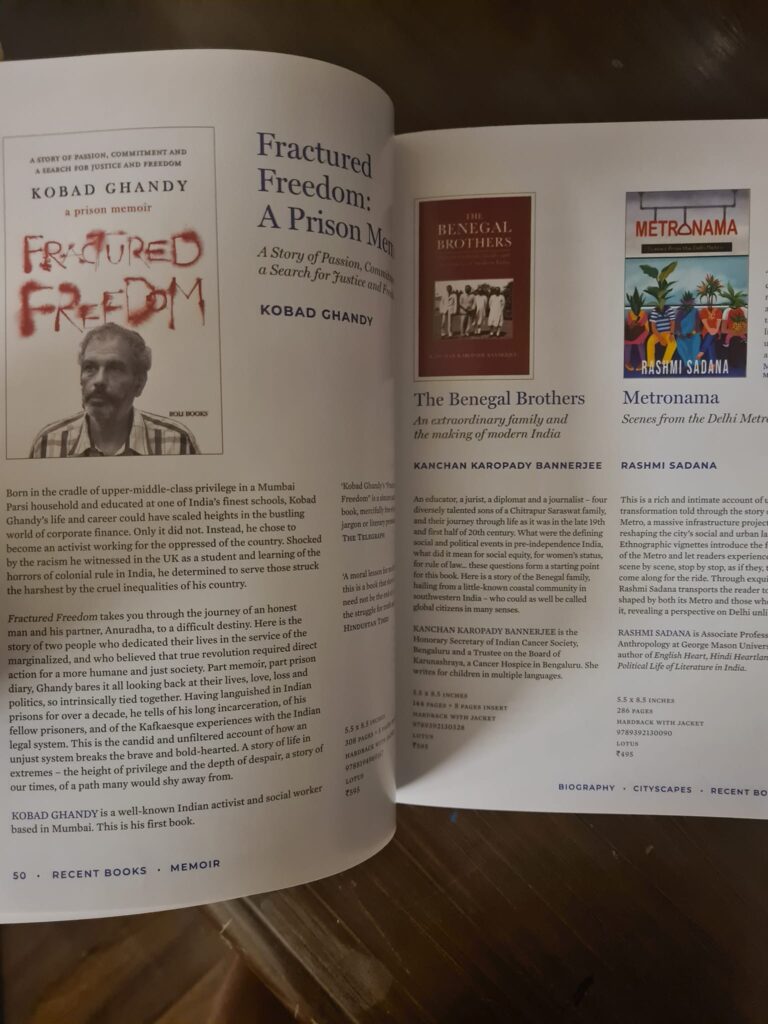
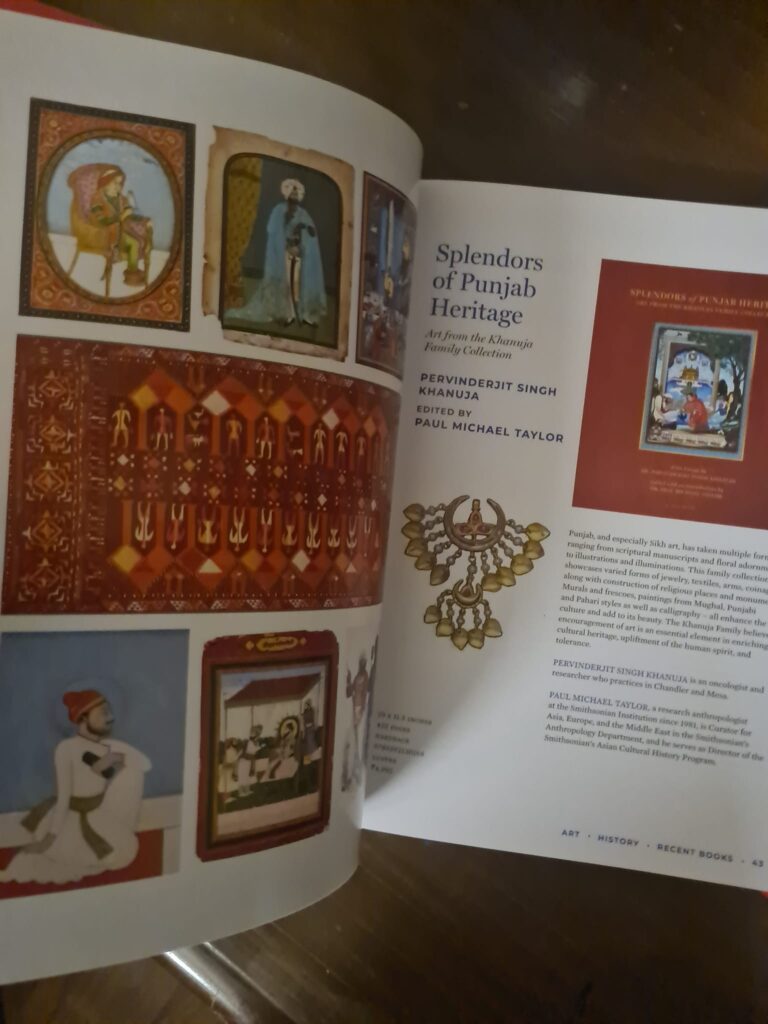
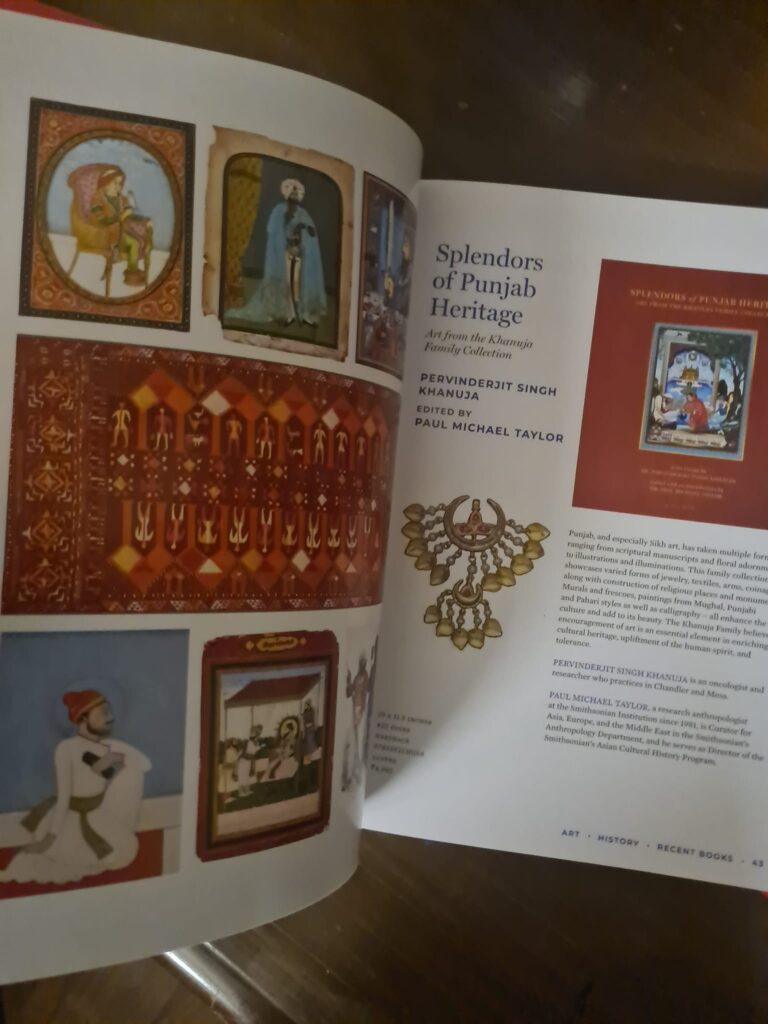
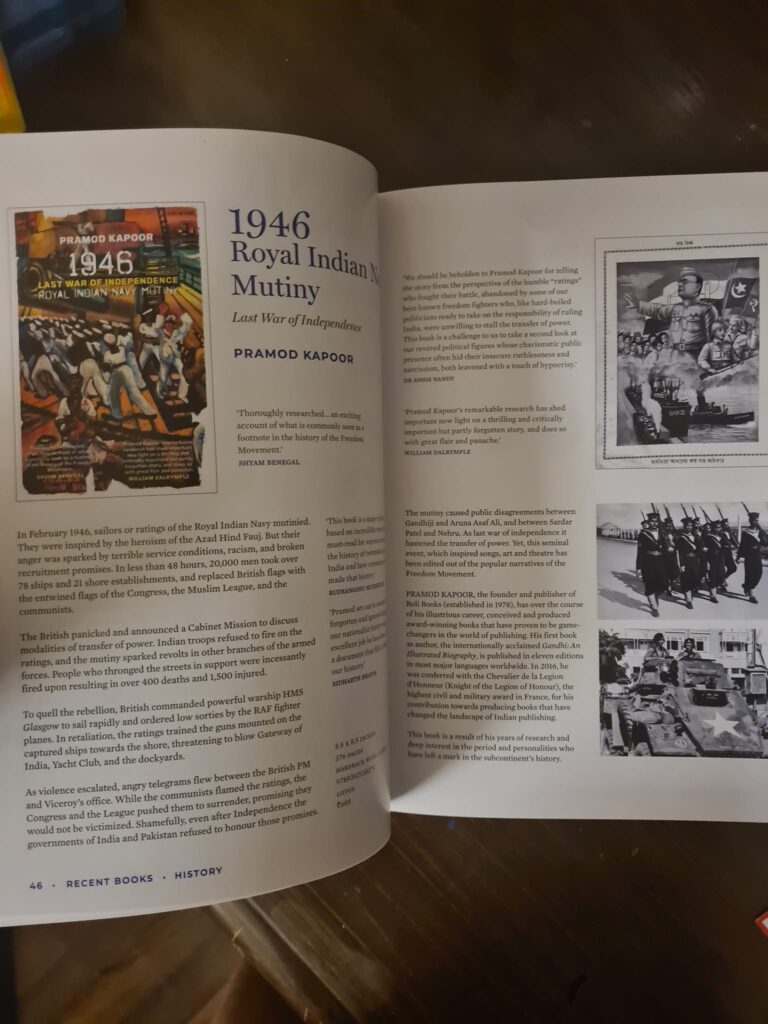
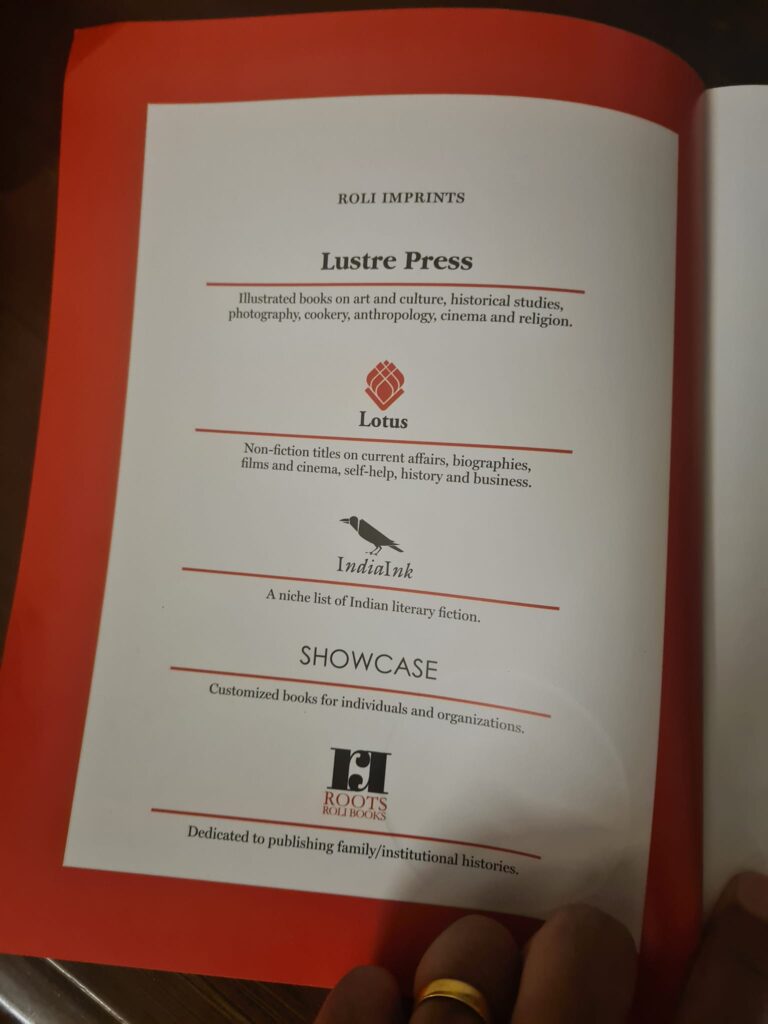
1 May 2022

Thank you, Priya Kapoor and Kapil Kapoor for an incredibly stunning Roli Books catalogue! Congratulations, for a fine list.









1 May 2022
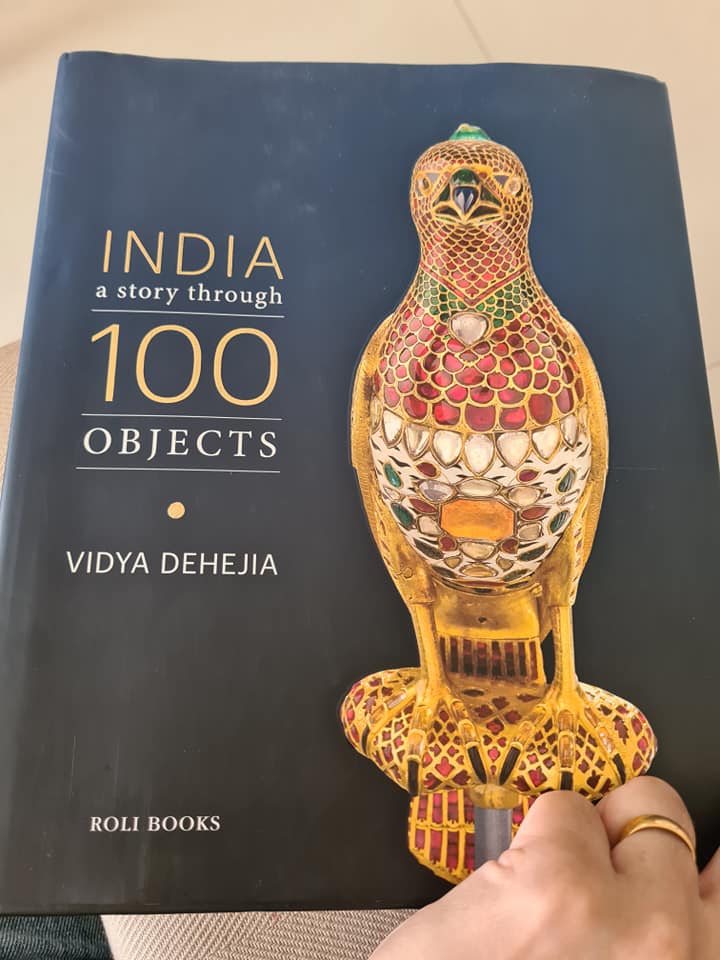
India: A Story Through 100 Objects by Vidya Dehejia ( Roli Books ) is as the title describes it. A subjective curation of select objects through the ages that define the concept of India. Geographically, it is the only “subcontinent” in the world. It is perhaps for the first time since 1947, when India gained its Independence from the British, that the country has “well-defined” international borders and three distinct countries constitute the subcontinent— India, Pakistan and Bangladesh ( 1971). It is a complicated and an extraordinarily beautiful nation that has over centuries survived attempts to control it one manner or form but the heterogeneous composition of its peoples has enabled India ( and now its neighbours) to develop a phenomenally rich cultural history. Lest we forget, the bedrock of Indian culture lies in syncreticism. It cannot be ignored.
The first time an attempt to create a “world history in 100 objects” was by the then British Museum director, Neil MacGregor. It was done in collaboration with BBC Radio 4 to coincide with a 100-part radio series. Since then, at least in modern times, it has become very fashionable to make these presentations of bundles of beautiful objects to define a narrative. It is also a comment on the times when digital technology and the Internet are constantly seeking small morsels of information that balance an image and text. It is easily consumed and shared. But it has its challenges as evident in the first assumption made by such a title to tell a story by identifying a handful of iconic objects is ambitious. A lot depends on the subjectivity ( and objectivity) of the curator. Wading through a lot of information, much of which is not necessarily easily available to the public, is a fine balancing act for the curator as they attempt to create a narrative between that which is known and familiar in collective memories and that which is not. It is essential to have examples of both. But it becomes tricky when upon close analysis of these narratives, it becomes evident that there is less objectivity by the curator than promoting that which they hold dear in terms of their thought processes. Be that as it may, a firm ( and potentially contentious) curation offers a point of view that the reader may or may not agree with, but will never forget. It is critical to have these conversations about what constitutes or defines a historical narrative through objects.
Stunningly illustrated books such as Neil MacGregor’s A History of the World in 100 Objects or the recently published Vidya Dehejia’s India: A Story Through 100 Objects are exceptional examples of coffee table books. They are a pure delight to behold. Vidya Dehejia’s book is of a wonderful dimension that is easy to hold despite its heaviness. It has a scrumptious prussian blue background that enhances the gold and ruby falcon printed on it. Its gorgeousness is enhanced by the fact that no expense has been spared in replicating the dust jacket design upon the hardback cover too. It is truly a joy to behold.
Vidya Dehejia is the Barbara Stoler Miller Professor of Indian and South Asian Art at Columbia University in New York, and the recipient of a Padma Bhushan conferred on her by the President of India in 2012 for achievement in Art and Education. She has to the best of her abilities attempted to curate a concept of India in 100 objects. It has some lovely examples as the photographs with this post illustrate. These include Maratha helmet, Kettubah or Jewish Marriage Contract, bust portraits of Jahangir and Jesus, Chola temple walls as a public records office, the Chowri-bearer, image from an illustrated Quran, the red mottled sandstone sculpture of Kanishka from the Kushan period etc. Yet, at the same time it feels mildly oppressive to read a book that attempts to imagine the history of India from the perspective of an outsider and capitulates to the present dominant discourse. Most of the examples used in this book are from private collections or museums found abroad. Rarely are the Indian museums that have a fine, albeit scattily arranged collections, ever used. It is inexplicable. Why is there the need to browse through foreign collections to define India? It makes sense to have some good examples but if the purpose of this book is to also encourage and define what is India, and instil pride in our nation, then acknowledging our collections would have been appreciated. Instead, the reader is left wondering if there is any good left in our country, if our treasures have been plundered over the centuries and taken overseas? Also, by constantly underlining explicitly or implicitly that the concept of India elides with the idea of Hinduism is jarring. It begins with the introduction where the author lays put her rationale for using BCE and CE ( Before Current Era and Current Era) instead of the oft-used BC and AD ( Before Christ and Anno Domini) as it is “inappropriate for India”. This statement is unnecessary. Many scholars abroad too use BCE and CE without offering any explanation. It is fine. It is the accepted norm in a secular framework. But by specifically mentioning that this terminology is not appropriate for India, at a time when everyone in the country is sensitive about their faith and violent communal clashes are on the rise, perhaps a little sensitivity could have been exhibited by such an eminent scholar like Vidya Dehejia? This slip becomes a red flag for other details on the book such as not acknowledging the printing presses that came to India with the Jesuit priests in the sixteenth century, even though there are plenty of sections in the book on the written word and illustrated manuscripts. It is challenging to include a broad scope in 100 objects but surely a keener eye could have been employed to acknowledge the vast diversity and inclusivity that is India?
India: A Story Through 100 Objects by Vidya Dehejia is a fine book that is beautiful to behold, and ideal to gift. It is worth considering as a wedding gift and of course as corporate/individual gifts to be distributed during festivals such as Raksha Bandhan and Diwali. Given the ongoing pandemic, it can easily be procured from bookstores and online marketplaces and shipped to various destinations. It is really worth possessing and sharing some of this love with others too. It makes for an excellent conversation piece too.
Buy it. Read it. Share it.
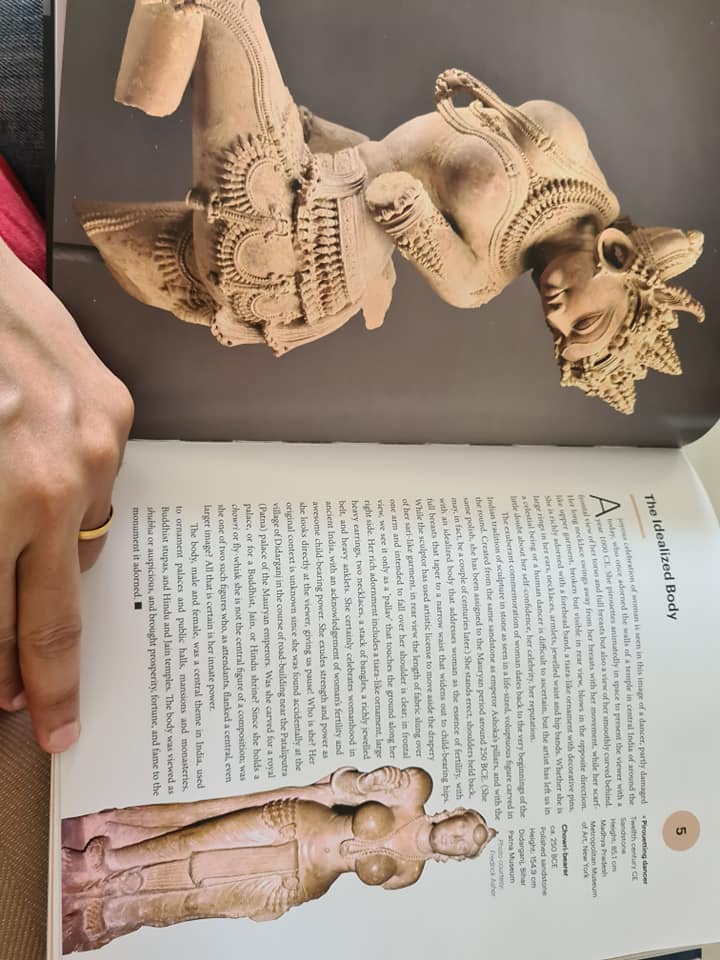
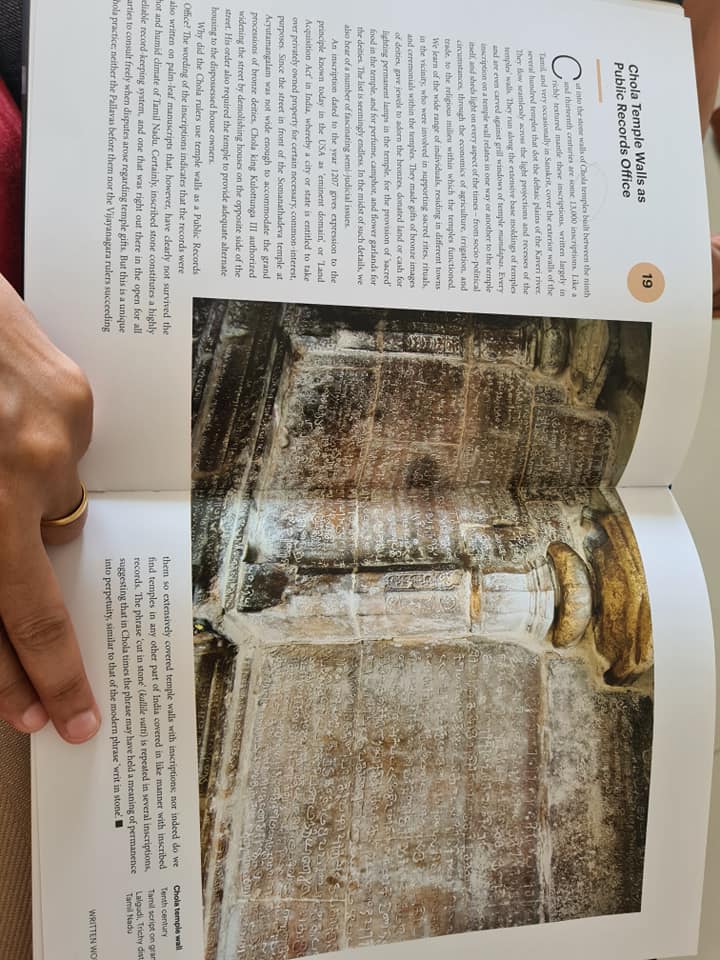
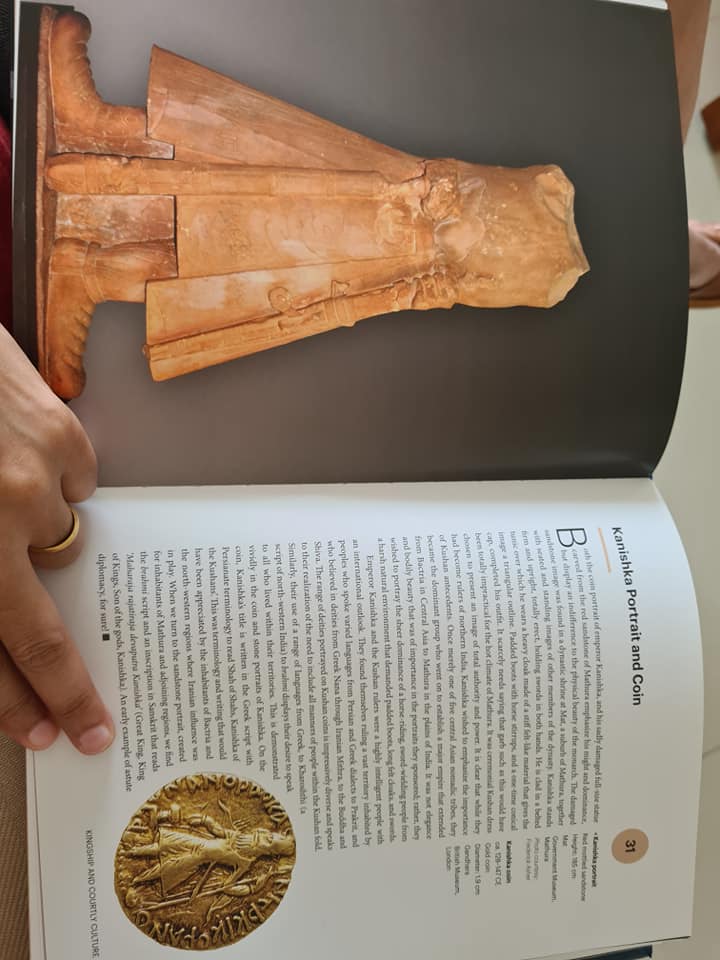
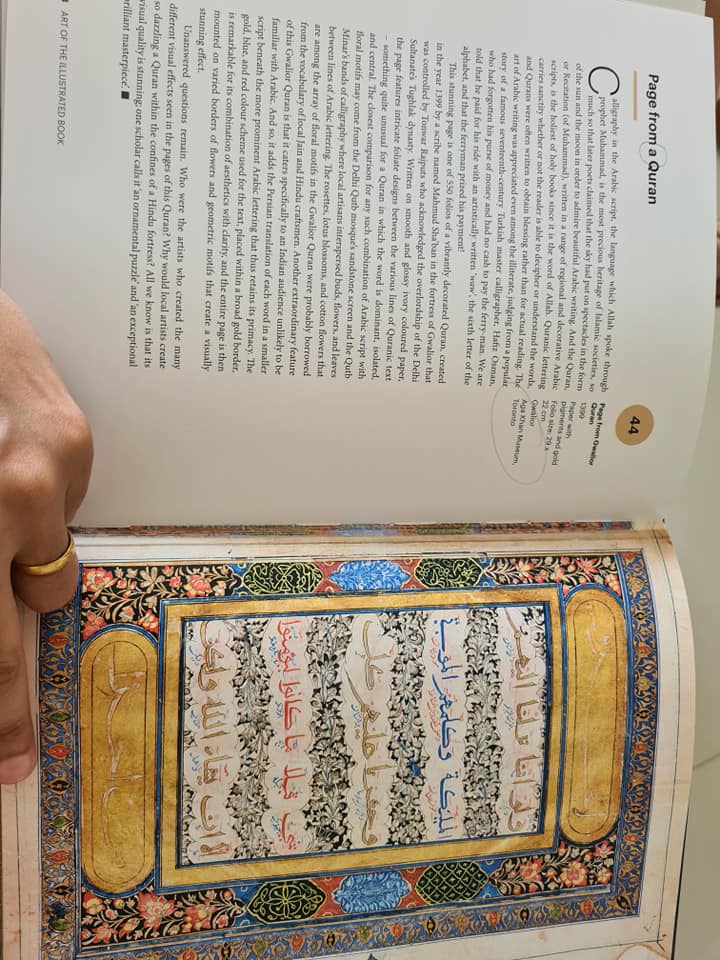
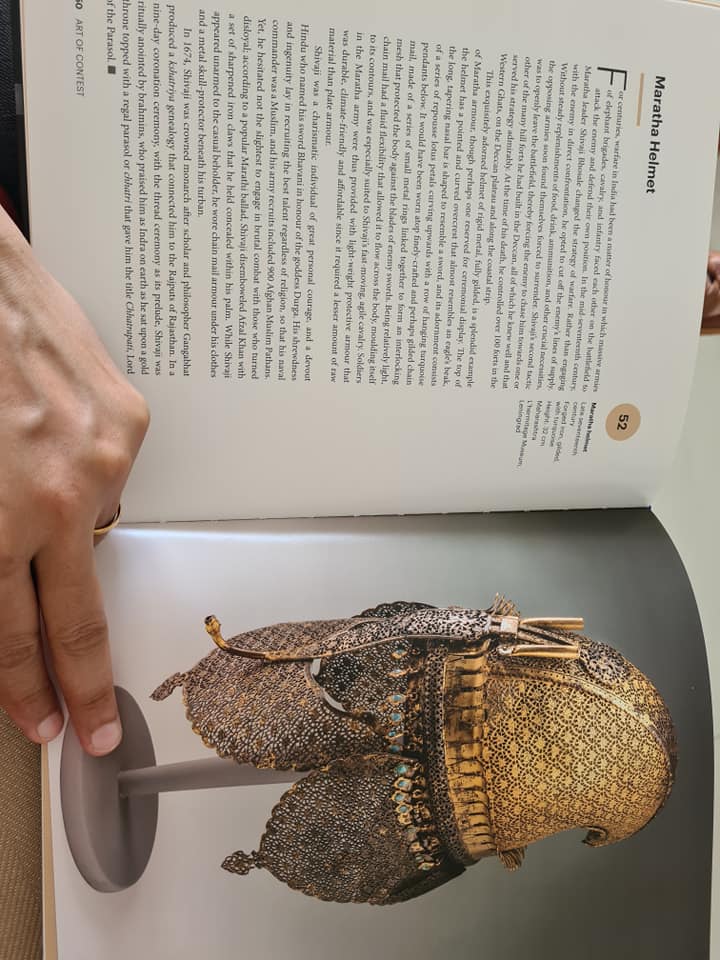
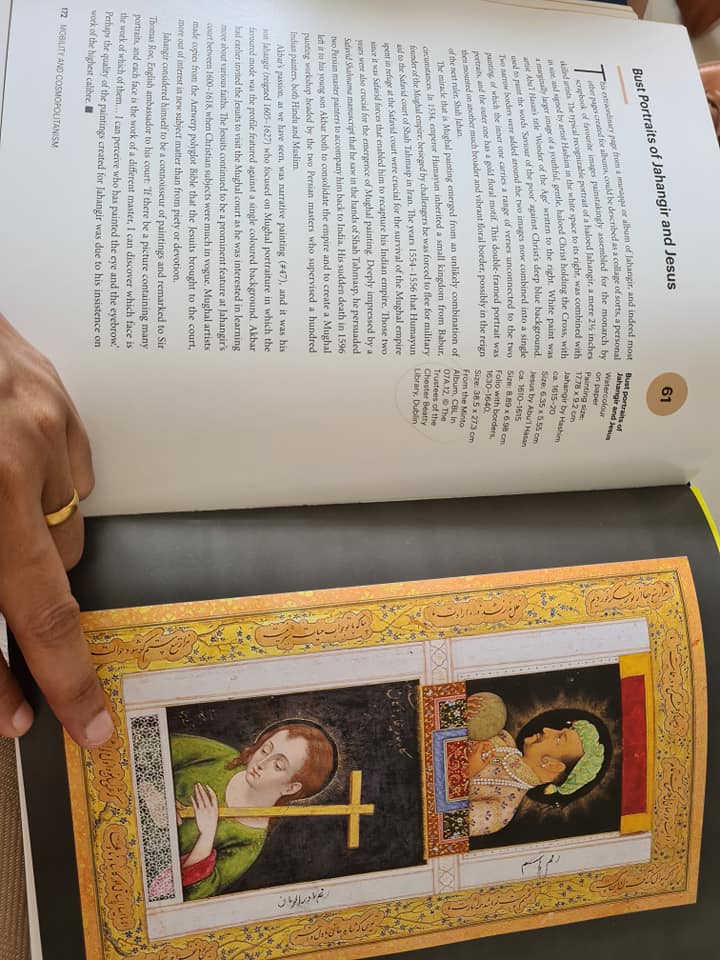
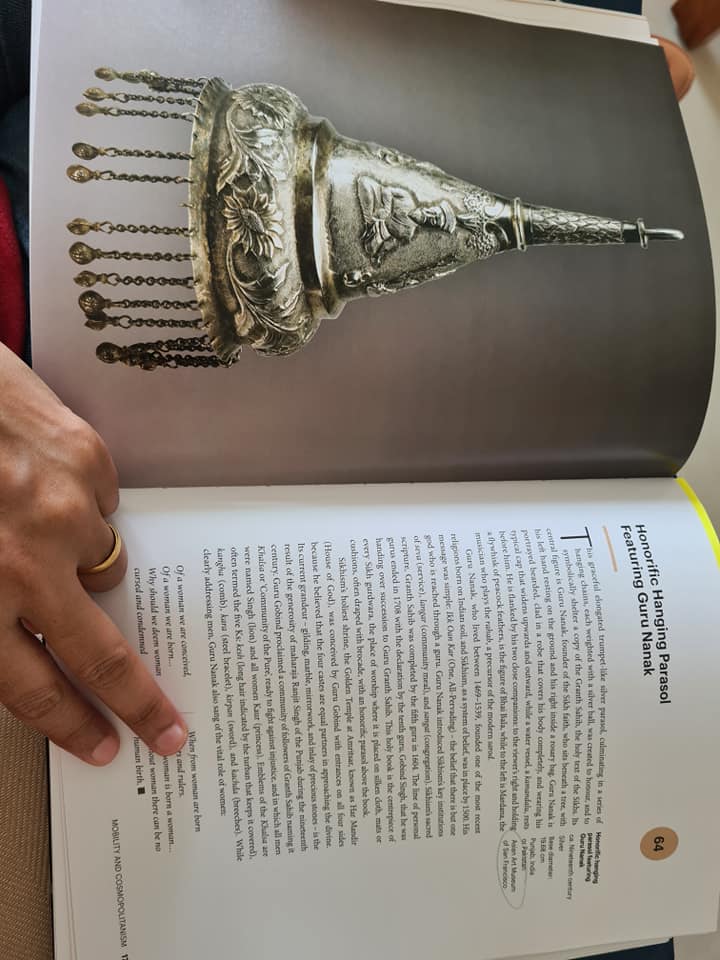
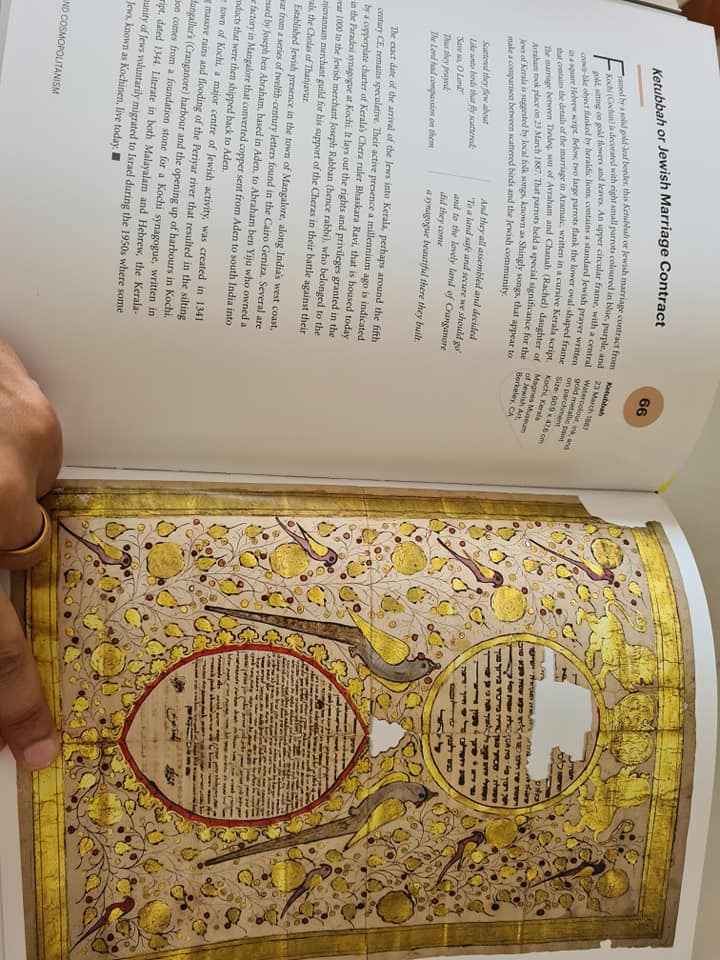
1 August 2021
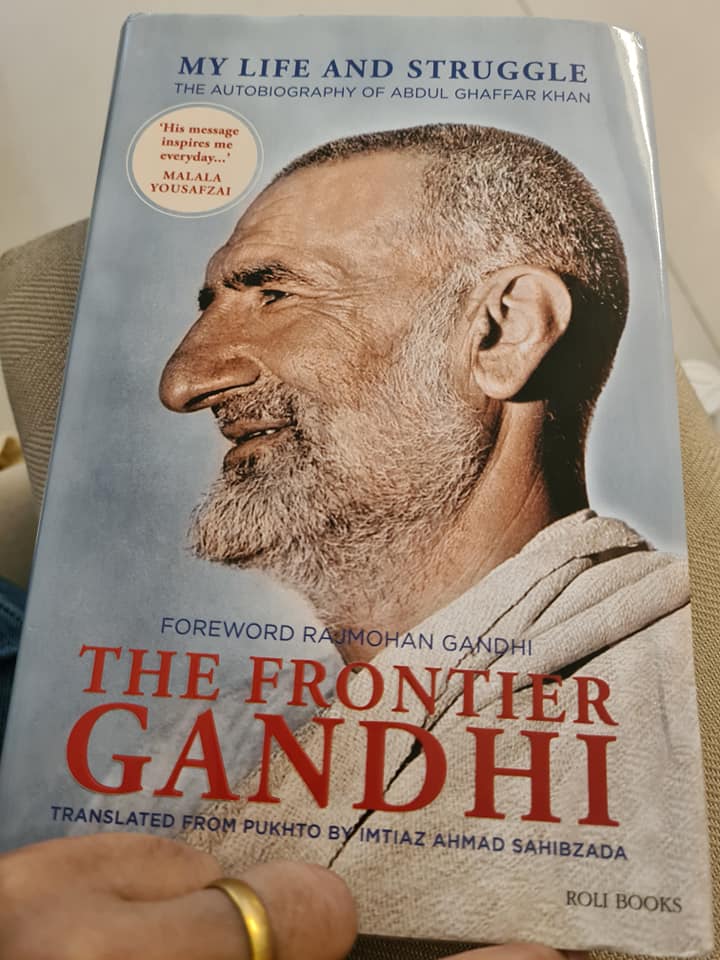
My Life and Struggle: The Autobiography of Abdul Ghaffar Khan by the Frontier Gandhi ( Roli Books) has been translated from the Pukhto by ex-bureaucrat Imtiaz Ahmad Sahibzada. This book recounts the life of the freedom fighter till 1947 when the subcontinent gained its Independence from the British colonial rulers. Considering Bacha Khan or Badshah Khan ( as some Indians like to call him) lived till 1988, nearly 47 years of his life is missing from this text. Nevertheless it is an important book as it maps a part of history, especially of a community, of the North-West Frontier of British India ( now in Pakistan), of which not sufficient is known. Along with Mahatma Gandhi and like his non-violent movement, Frontier Gandhi too started the Khudai Khidmatgar (Servants of God) movement from 1930-47. They were the key allies of the Congress who formed three governments in the NWFP. The original Pashto edition was first published in 1983 when Bacha Khan was 93 years old.
This is a seminal piece of writing. It has to be respected for the text that was created when Frontier Gandhi chose to dictate it. It captures that moment in time and has an authoritative air about it. Definitely, a tenor as if it is being spoken out aloud for the benefit of a larger audience. Whoever took the notes and compiled it into this book, probably never fact checked or assessed the manuscript for internal consistencies.
For instance, these conflicting comments about weddings and consent. P. 2 “We do not marry our children to wealth as we consider decency, capability and dignity more important in a marriage. Nor do we marry them without their consent.”
P.33 “Our weddings are very joyous occasions. With the coming of age of a boy in the family, a search for a fiancee for him would begin. No one asks for the consent of the girl or the boy.”
It makes him an unreliable narrator if he slips on a simple fact like this but it is also hard to doubt his testimony about participating in the freedom struggle that has been recorded in this book.
Important book!
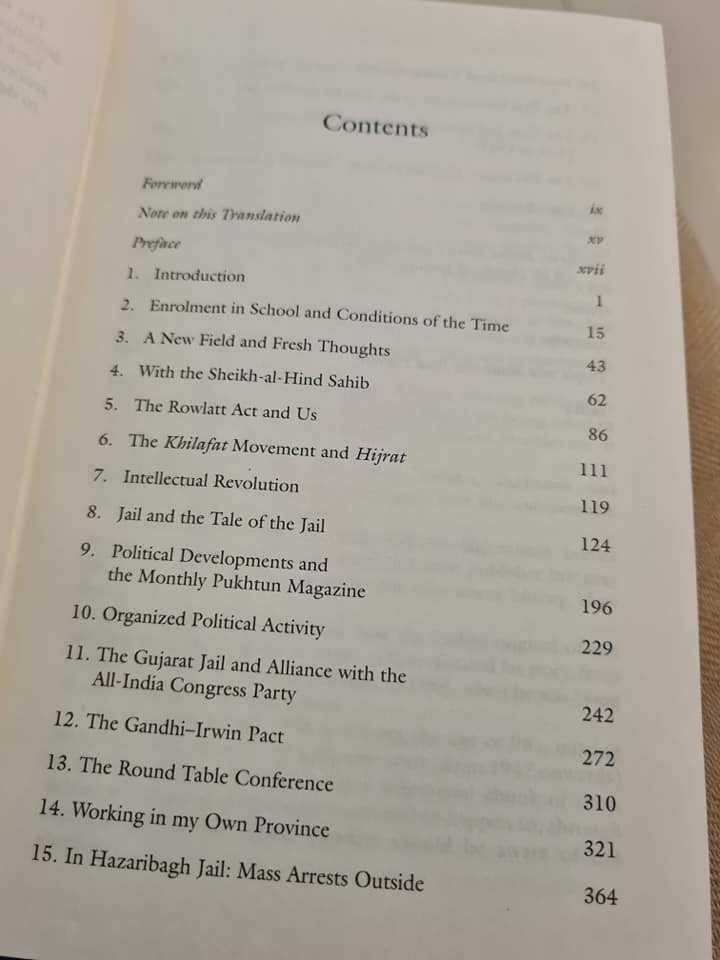
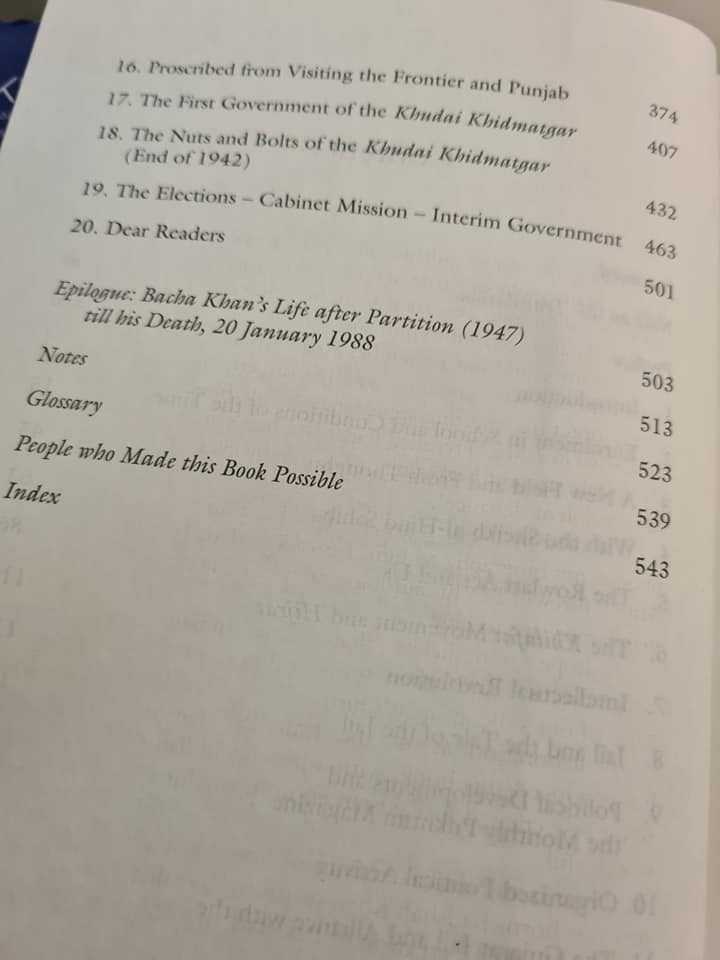
1 August 2021
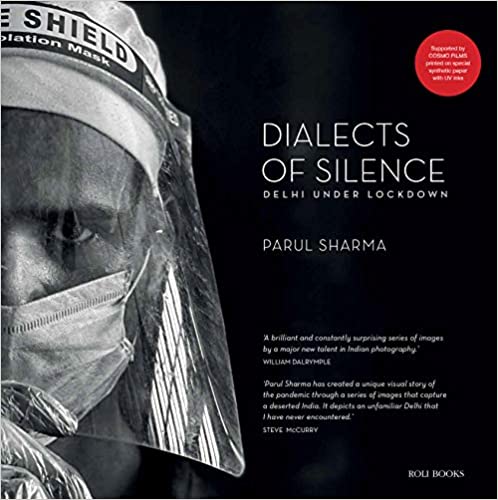
In June 2020, I came across on social media a series of black and white photographs that were extremely shattering. They were images from the Nigambodh crematorium in Delhi showing the cremation of Covid19 patients. These images were terrifying as the images put the spotlight on the extreme loneliness of the dead. Usually funerals in India are an excuse for a massive gathering of mourners. These black and white photographs were in stark contrast to what we normally experience, across faiths, during funerals. The photographer was Parul Sharma who it turned out was working on a book of photographs called Dialects of Silence: Delhi Under Lockdown ( Roli Books).
The book is a haunting documentation of what Delhi looked like when the lockdown began in March 2020. Understandably few were out on the streets. Only essential services were permitted. News would filter through the media or there were social media posts that would give some sense of what was happening in the world. But to see a series of images in quick succession, full-page or double-page spreads, is a disturbing experience. When I posted the Open Magazine link on Facebook, many folks asked me why did I think it was necessary to post links to such distressing images. I did not have a satisfactory reply but I knew I needed to speak to Parul urgently and soon. So I did. Here is a lightly edited version of the intervew we conducted via email.
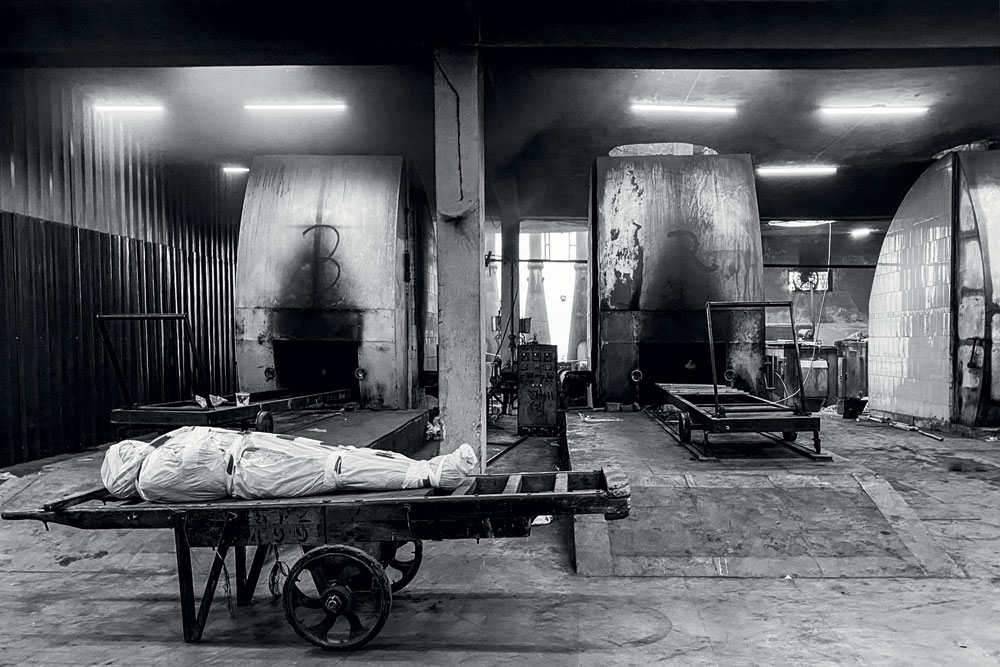
In a span of three years of her photography, Delhi based, Parul Sharma has won critical acclaim for producing a large and diverse body of work. Her metier blends architectural design, and human form in urban landscapes. Her works first debuted in July 2017 in a solo exhibition “Parulscape” at Delhi’s iconic Bikaner House. Forbes magazine marked its 10th anniversary in India by inviting her to shoot ten photographs that captured change and freedom in a decade. In December 2019, Florence’s public art centre, the Museo Marino Marini, exhibited her images of Naga Sadhus and Transgenders at Kumbh Mela. Titled “Mistico India” the two-week exhibition exposed Italian art lovers, to the fierce vibrancy and colours of devout Hindus.
Dialects of Silence, Delhi under lockdown was published and released by Roli Books on September 1 2020 and has received acclaim in India Today, The Hindu, Hindustan Times, Indian Express, Open, and BBC among others. Her next book due for release in 2021, commissioned by Roli books is an essay on Mumbai’s historic Art Deco Colaba district.
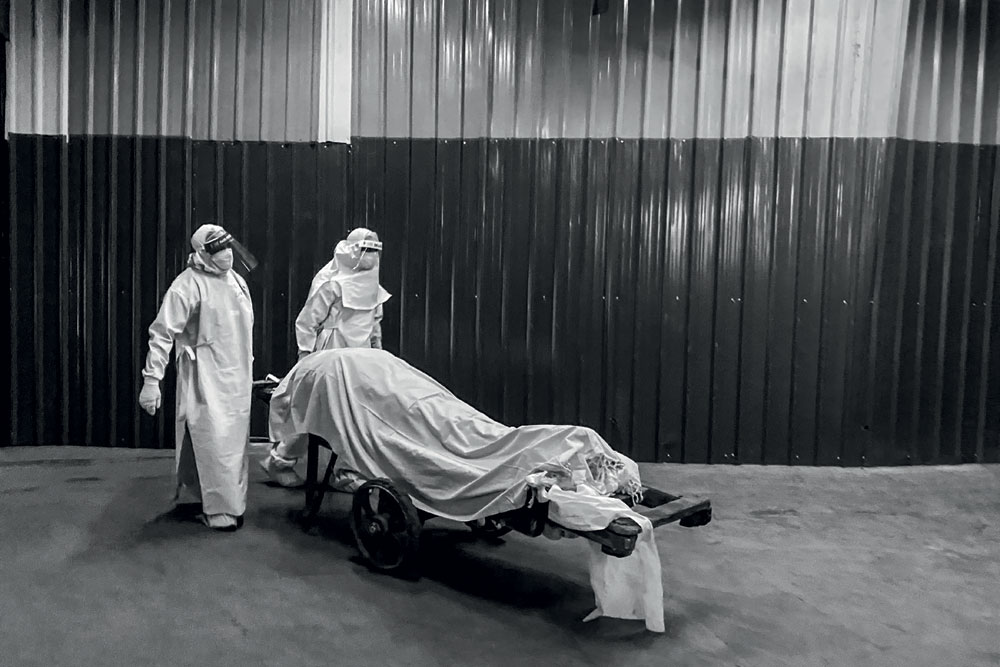
I have had no formal training in photography and not did I ever think I will become one. I shoot instinctively. Though someday I do want to do a formal course.
12. Who are the photographers who have influenced you?
I have deep admiration for photographers who photograph in conflict zones. Richard Drew, Hector Retamal, Nick Ut, and from the past Robert Capa, to name a few.
[i] The poet Michael Rosen who is recovering from a severe bout of Covid19 likens it to being in a war. (“Michael Rosen on his Covid-19 coma: ‘It felt like a pre-death, a nothingness’ The Guardian, 30 Sept 2020)
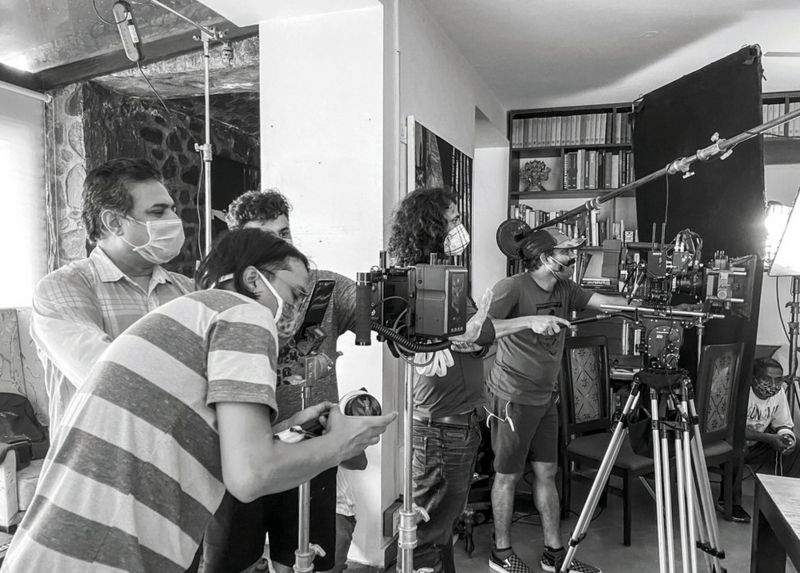
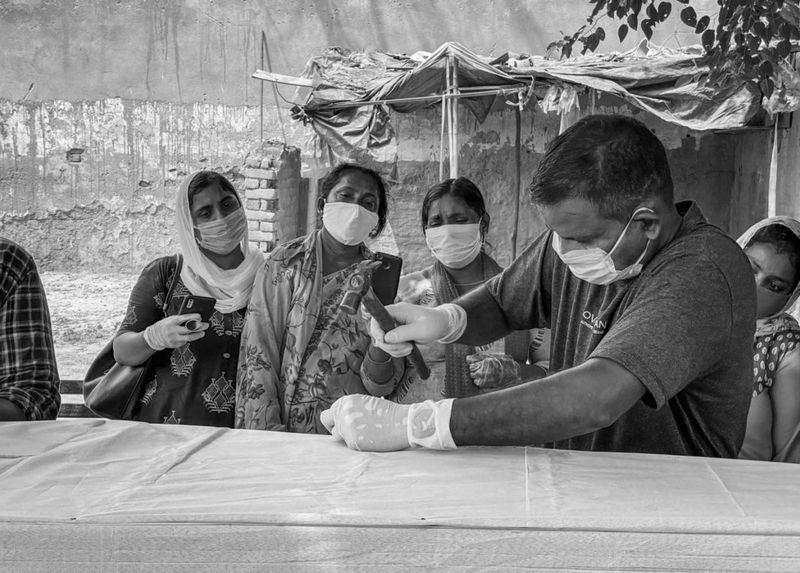
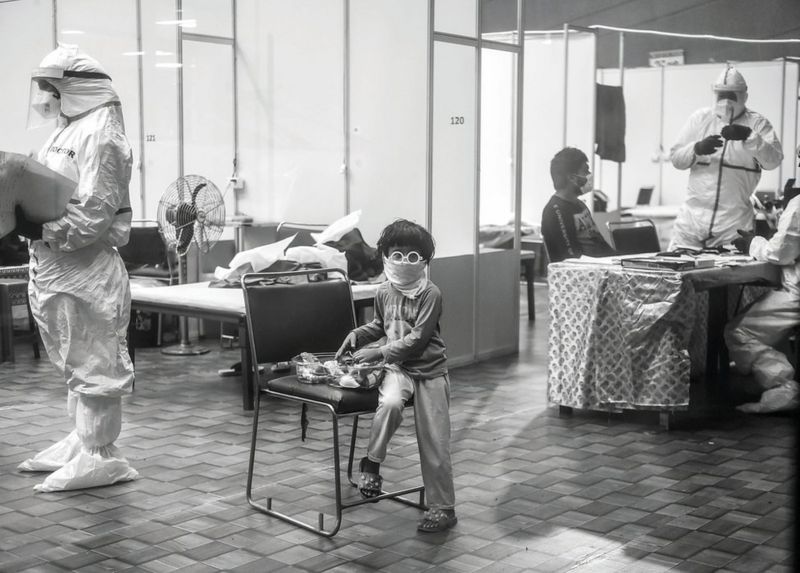
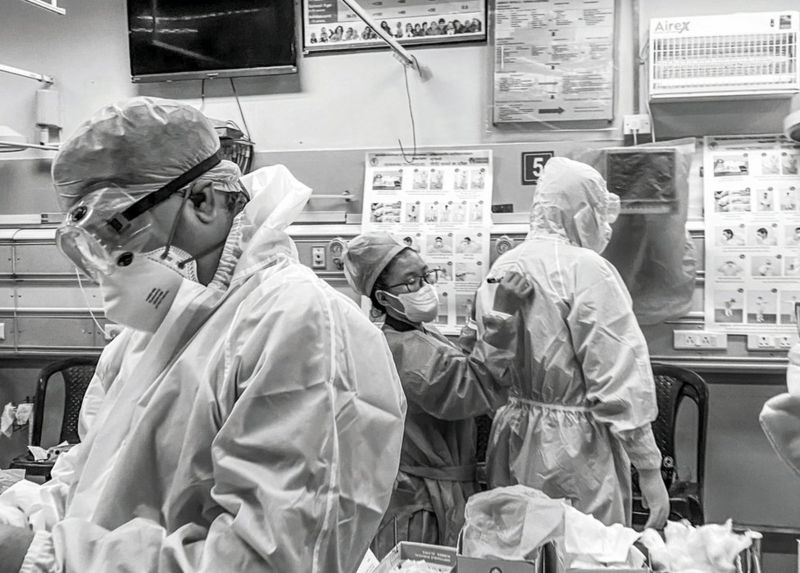
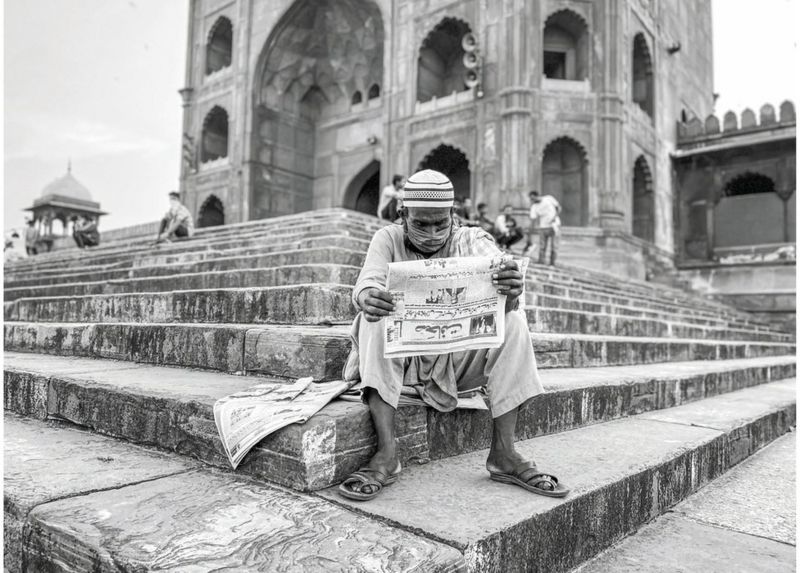
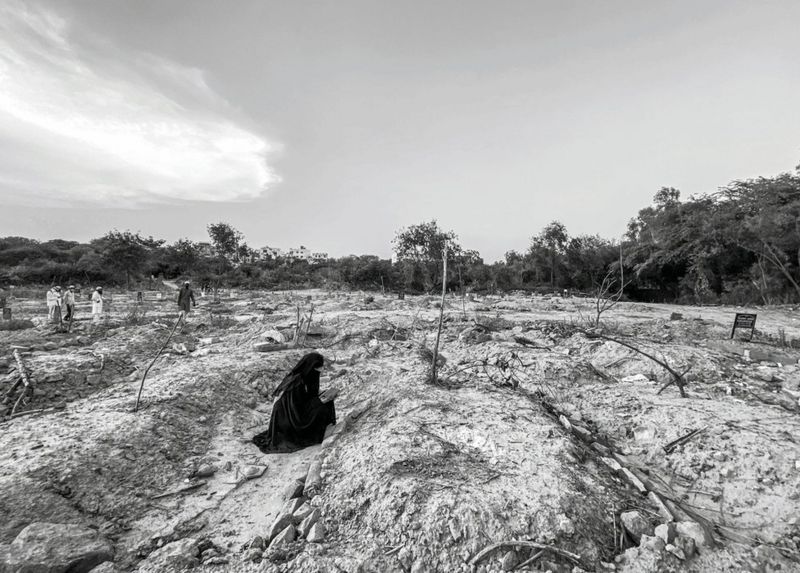
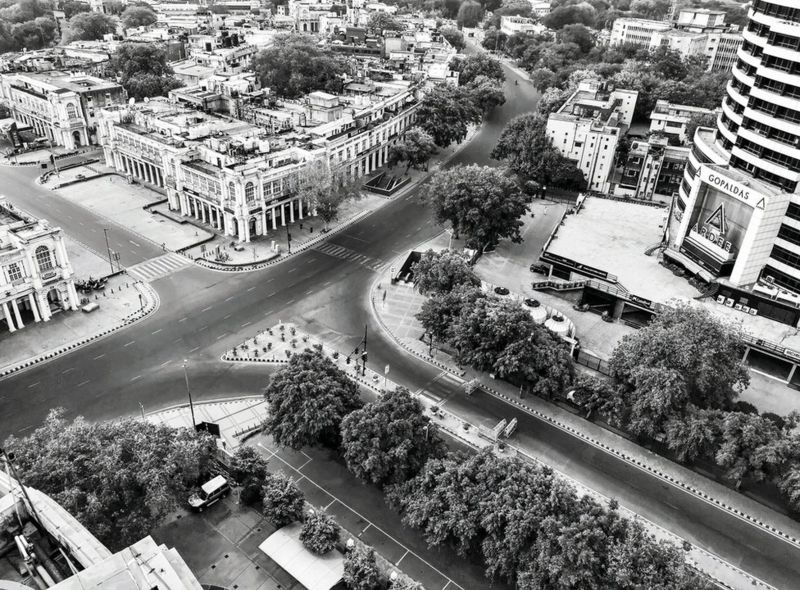
14 Oct 2020
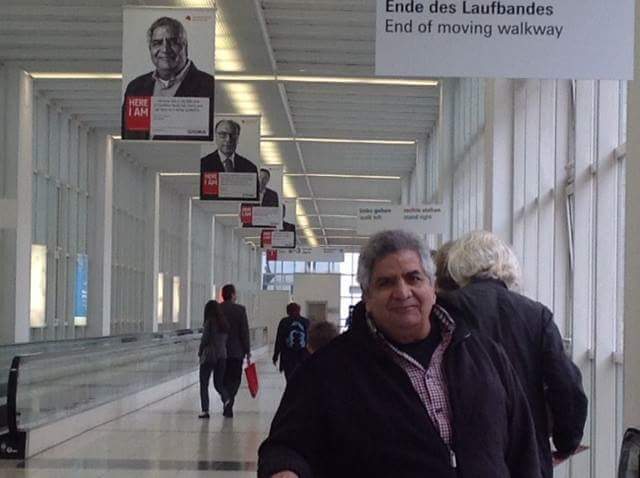
Pramod Kapoor, the founder and publisher of Roli Books (established in 1978). A sepia aficionado, he has over the course of his illustrious career conceived and produced award-winning books that have proven to be game changers in the world of publishing. Be it the hit ‘Then and Now’ series and the seminal Made for Maharajas, or even the internationally acclaimed Gandhi: An Illustrated Biography and New Delhi: The Making of a Capital. In 2016, he was conferred with the prestigious Chevalier de la Legion d’Honneur (Knight of the Legion of Honour), the highest civil and military award in France, for his contribution towards producing books that have changed the landscape of Indian publishing. He is currently working on his forthcoming book on The Royal Indian Navy Mutiny in 1946

Q 1. Roli Books is known worldwide as the publisher of fine illustrated coffee-table books. Forty years ago this was a relatively unknown space of publishing. Why and how did you venture in to this niche area of publishing?
I followed my own marketing instincts. In 1978 when I started my own venture I saw that besides Taraporevala there was no illustrated book publisher in India. They too printed the books in B/W only. Most of the illustrated books those days were imported from UK / USA and they sold well. Roli Books was result of a strategic collaboration with one of the largest printers FEP International Singapore. Perhaps the reason for the instant success was that I skilfully combined superior Indian scholarship, photography and design with world class printing and production from Singapore. Result was that distributors would pre-purchase the entire print run sometimes just on the basis.
Q2. How do you decide which topics to commission and which you will work upon yourself? What is it exactly about delving into the past that propels this excitement in you to make/commission these books for a modern audience? How do you hope to bridge the gap?
As I said earlier it was the marketing instinct and courage to take risks. We continue to publish on the same principle but now the instincts have matured with over forty years of experience in ever changing publishing world. I pick up books to work on personally largely on my personal interest. I like exploring and researching vintage visual material. That comes because of my interest in medieval and modern history. Over a period of time I have developed a keen eye for photographs and I use that skill to create books personally. Friends in publishing throughout the world help me keep abreast of the changes and I suppose because of my deep interest in visual arts I keep thinking of the newer formats to present a certain kind of work. In my mind I am engaged with my readers continuously.
Q3. How do you find the time to be a researcher/writer while managing a publishing business?
My hobby is my business. It comes naturally and when I am actively engaged in a project I plead guilty to being overly obsessive.
Q4. A lot of thought and care goes into crafting the Roli Books list — creating the text, selection of pictures/ photographs accompanying, design etc. What is the average time a project of this magnitude takes in being executed? What is the process of fact checking instituted at Roli Books?
Fortunately, my colleagues who have been with me for decades and my next generation have not just imbibed that skill but have done better. I learn from each one of them. They are at times more concerned about quality and excellence. A project can take six months to three years on an average. My personal projects on an average get published after five or six years of comprehensive research. Our kind of publishing is result of pure teamwork. A typical book goes through various filters, from authors to editors, art director to graphic designers etc. There are systems in place that fact checks at every level.
Q5. Some of the material you use in your books requires delving into archives, personal collections and literary/estates. It must be quite challenging at times to find the rightful owner of the material. Given that the 21C is considered to be an information-rich age, where content is at par with oil in value, what are some of the challenges you face while trying to get permissions in place?
Over a period of time we have established relationships and goodwill in the world of archives. That certainly helps. Though I still like and enjoy visiting archives. Technology has made it simpler. More defined copyright laws and easy enforcement also helps. Unlike before there are very few grey areas. That certainly helps.
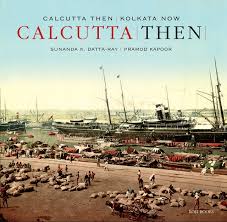
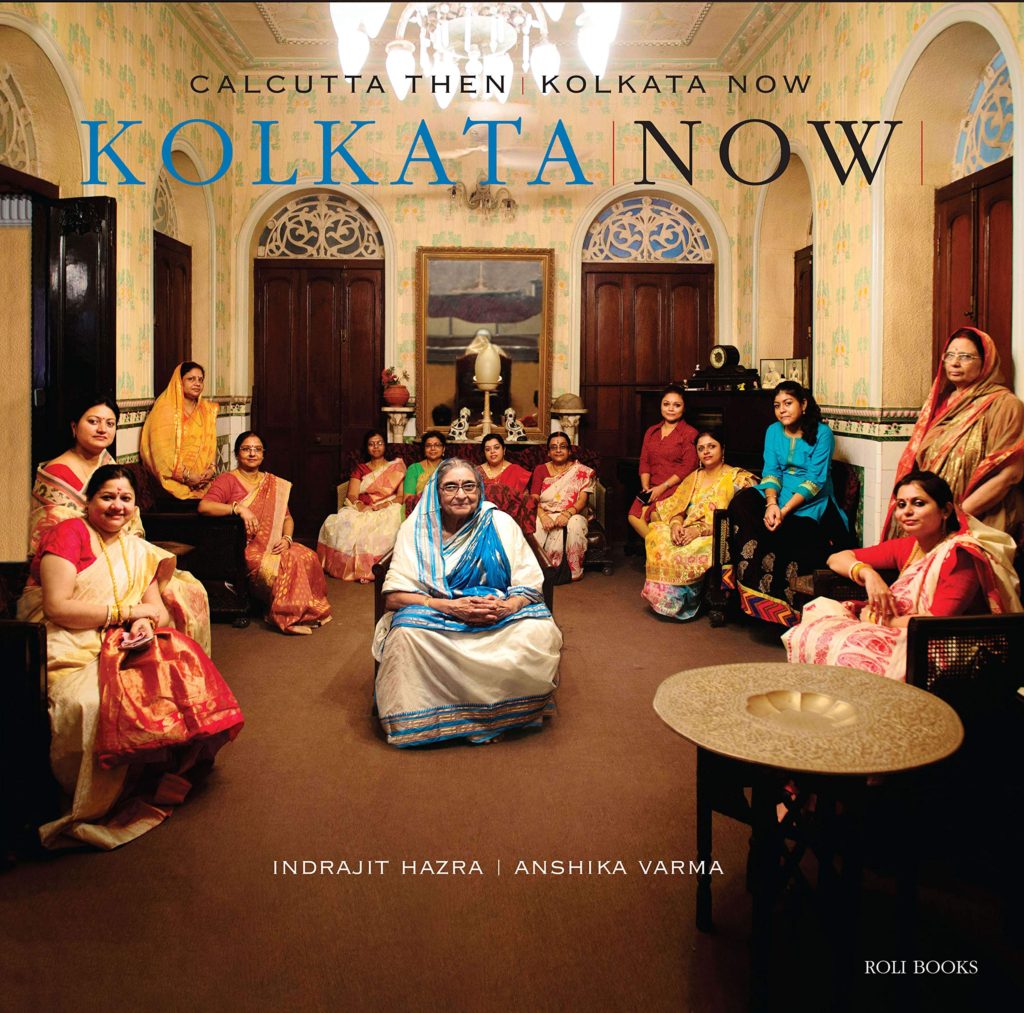
Q6. Calcutta Then, Kolkata Now epitomises the nature of publishing Roli Books is synonymous with — making visible the old for new audiences. How was this project conceptualised and executed? Also, why did you choose to make it a “flip” book?
This is fifth book in Then and Now series. The format was first conceived with India Then and Now almost fifteen years ago after consultations with some of our international co publishers. It was not easy to convince them. Nor was it easy to sell it to our own sales team and leading booksellers. But we persisted. Each title in the series has been reprinted several times. India book published fifteen years ago is still popular and gets reprinted every second year.
Q7. Many of the books you publish are on extremely well-known topics with examples of iconic literature on the same subject. For instance, with Calcutta Then, Kolkata Now it is impossible to not recall Raghubir Singh’s classic art book Calcutta and yet both books have distinctive identities. So how do you find that particular peg to position your publication?
Sometimes it is challenge that propels excellence. Strong urge to make a better book and differently than the ones available helps to create a successful book. Raghubir Singh’s book was pure art, his personal brilliance that showed through his images of Calcutta. My book is on Calcutta as a city first and in that process I endeavoured to collect best that was in the family, personal and public collection throughout the world.
Q8. Roli Books make history accessible to the lay person — whether it was visiting the British Archives to use the appropriate image by Margaret Bourke-White in the Lotus imprint edition of Khushwant Singh’s Train to Pakistan, to Gandhi and more recently Calcutta Then, Kolkata Now. There is a strong underpinning of a historical narrative with equal emphasis on the visual element. When embarking on these projects, what comes first in production — the text or the pictures or does it fall in place simultaneously or is it more like a dance, step by step?
There is no fixed formula. In case of Khushwant Singh’s Train to Pakistan and Manohar Magaokar Men Who Killed Gandhi the text was available and from my past research I knew where the visuals were. (They are not in British Library but Time Life collection at Getty Images.) We skilfully combined them. For many other ideas like Calcutta Then Kolkata Now I strived to get the rarest of rare imagery and visited scores of old Calcutta families to look through their personal family albums hidden in their attics for decades. Of course there were other images from top archives throughout the world.
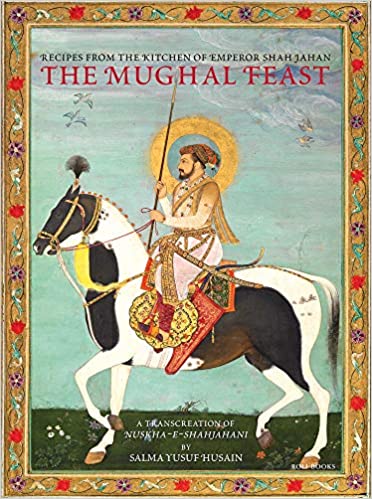
Q9. Food history is a specialised genre and fast gaining popularity among lay readers. It is timely the publication of The Mughal Feast, atranslation of Nuskha-e-Shahjahani, recipes from the time of Mughal Emperor, Shah Jahan (1628 – 58). But why is the subtitle of the book “transcreation”?
I was shown the original Persian manuscript by a friendly curator in the British Library London. We got it scanned . A facsimile copy was with us for three or four years. Salma Hussain, brilliantly translated it from Persian and added her great scholarship in adapting the recipes for modern kitchen and added a wonderful introduction. I suppose you will agree that all this amounts to ‘transcreation’.
Q10. How have the changes in digital and printing technology impacted the commissioning and production of your exquisite art books?
No they have only added to the process.
Q11. Why did a successful publishing house like Roli Books choose to expand into bookselling by establishing the CMYK bookstores?
To provide more shelf space for our titles and for world’s top illustrated book publishers like Thames & Hudson, Phaidon, TASCHEN, Abrams, etc. whom we distribute in Indian sub-continent.
Q12. What is next on the cards for Roli Books and yourself?
I enjoy picture research and that keeps me going. There are several projects which are going on simultaneously in my mind and in action. They are in nascent stage. This year I hope to finish and publish Royal Indian Navy Uprising in 1946, a non-pictorial, all text book. As regards Roli Books youngsters like Priya and Kapil can articulate that better. But I know a division creating books on Family Histories fascinates me immensely. We have recently launched a new imprint Roots for this.
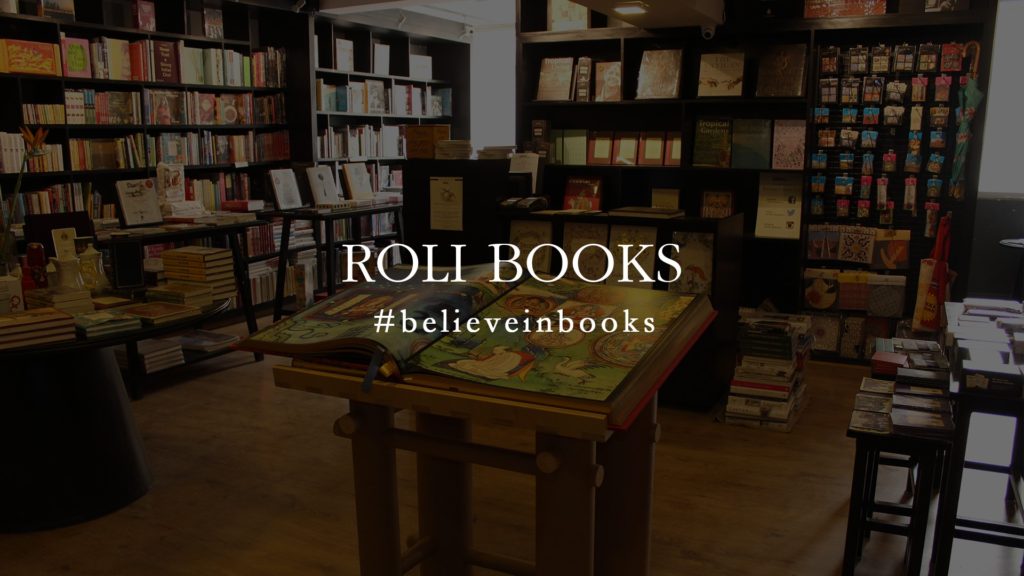
22 June 2020
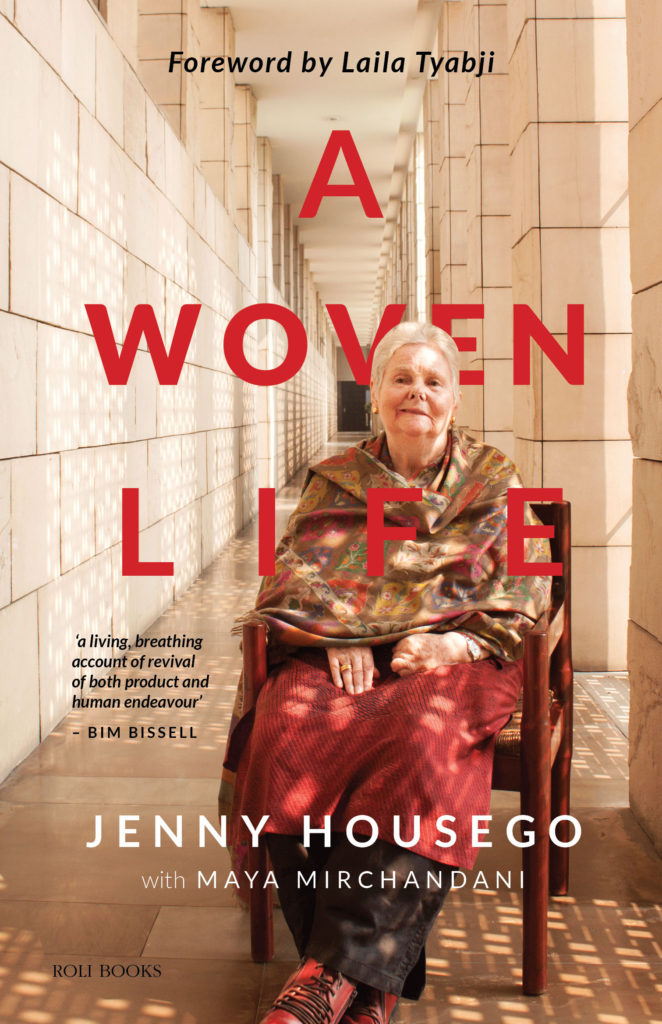
Memoirs, autobiographies and biographies are a great introduction to a life. They also share a period through personal stories making history come alive. Memoirs are mostly a great story told from one person’s perspective — “my story”. As Eric Idle says to John Cleese while discussing the latter’s memoir in a public conversation, “well it is very hard to write about yourself” but a memoir is also only a slice of history or what you choose to tell.
In textile historian, entrepreneur and collector Jenny Housego discusses her childhood in England, her marriage to journalist David Housego and her passion for textiles that was ignited during her stint at V&A, London. She developed a fascination for “Anatolian carpets of the fourteenth and fifteenth centuries … [she wanted to show in her research] that the so-called early Egyptian carpets had actually been made in Anatolia and displayed many examples of early Christian and Byzantine art which seemed to me to bear close similarities to the designs on these carpets.” Her husband, David, was soon posted to Iran, Afghanistan and later India. She accompanied him and sometimes on the tours he undertook. Along the way her love for textiles deepened. On her travels she was able to collect exquisite samples. When she came to India she developed an interest in the paisley designs of Kashmiri shawls. It sparked a lifelong love for the handloom. Jenny Housego managed to convert her keen interest in Indian handlooms into a successful business. At first she set up a company with her then husband, David Housego, called Shades of India. Subsequently when her marriage fell apart she set up another one — Kashmir Loom. This time focussing specifically on her interest for handlooms from Kashmir.
A Woven Life has been co-authored by Maya Mirchandani as Jenny Housego’s left side is paralysed due to a stroke she suffered some years ago. It is a memoir that is easy to read. It has tiny illuminating details that only reinforce how good art combined with talent can survive through the ages. For example, Jenny Housego’s granduncle was the famous American painter, John Singer Sargent. In one of his portraits uses a Kashmiri paisley shawl woven in India. Jenny Housego spotted it in the painting while searching for antique shawls whose motifs she could incorporate in the Kashmir Loom design library. She decided to find out if the shawl still existed. Sure enough. It did. She sent the image to Warren Adelson, a friend
and well-known art dealer in New York who specialized in Sargent paintings. The shawl had been used as a regular prop in many of Sargent’s paintings but he had decided to gift it to one of his clients. Incredibly the shawl was now owned by a British peer, Lord Cholmondeley, who kept it at his stately home.
Presumably, Sargent must have painted an ancestor of the lord’s wife with the shawl wrapped around her and then must have given it to her. Warren wrote to him on my behalf and his Lordship kindly agreed to bring it to London for me to see. In the hallway of his Mayfair home on a cold, dark rainy day, the shawl was brought to me and placed on a table. The hallway was badly lit and no one offered to hold it up for me to photograph properly. I remember draping it over a side table as well as I could, then my flash failed. The wool was coarse, clearly woven from local sheep, not pashmina at all, but the shawl was exquisite in spite of the rough wool. It had been looked after well. Woven using the technique called ‘kani’ for which Kashmir is renowned, it had patterns on a large border and on either end of the shawl were big paisleys in shades of blue with accents of kashmir loom: stepping out of another’s shadow reds and pinks. Each paisley was made up of tiny leaves and flowers woven to form the shape. Above the main border was another row of much smaller paisleys woven the same way, but set at an angle, slanting to the right. The outer border at the very end of the paisleys wrapped around the entire shawl like a vine of tiny blue-green leaves. Bent over it in that dark hallway, I knew I had to try and recreate it. I didn’t know if it would work, but I was certain it would become Kashmir Loom’s signature item if it did.
Her life with David Housego had very interesting moments. For instance, they were living in Iran in the period before the revolution, so the shift in sentiments from the Shah to the Ayatollah were palpable. Then as a prominent foreign correspondent, David Housego, had access to many sensitive stories. For instance, David had written in the Economist, saying that the Iranians were building a naval base at Chabahar on the eastern side of the Gulf coast. Husband and wife journeyed to Chabahar where the Iranian government representatives denied the existence of such a base until a night watchman who had obviously not briefed by the officials confirmed that David’s report was correct. Another terrifying moment is Jenny Housego’s account of David and her younger son, Kim’s, abduction by militants in Kashmir. Kim was taken away from his parents in Srinagar and there was no trace of him for seventeen days. Given that David was a well-known British correspondent based in South Asia, he knew relevant people across the subcontinent. These included politicians, diplomats, journalists etc. As a result, according to Jenny’s memoir, David was able to keep the pressure on the militants since he had activated all the channels and would hold regular press conferences. David too mentions the abduction of Kim in an article he published in 2011. ( David Housego, “An Indian Journey“, Seminar, 2011.)
A Woven Life has two very distinct narratives embedded in it. One is Jenny Housego’s passion for textiles particulary Kashmiri weaves. The second is her life with David Housego. In fact it was David who inadvertantly set her off on this journey of textiles by encouraging her to apply for a job as a museum assistant at the Victoria and Albert Museum ( V&A) in London. She was apprenticed to Dr May Beattie, a leading scholar of her time in
Oriental rugs and carpets. It obviously ignited a passion that Laila Tyabji, Chairperson, Dastkar, recognised upon meeting Jenny Housego for the first time. She recalls it in her foreword to the book:
... we settled down to watch her slide presentation of the Punja durries’ documentation and out came the second side of Jenny! Behind the diffident, very British, understated, rather shy exterior was an insightful, academically trained mind; the scholarship coupled with a passionate excitement about her subject. …I still remember Jenny’s illuminating exposition of ‘interlocking circles’ and how so many motifs and designs are based on combinations of this. After that I saw interlocking circles everywhere – on Etruscan mosaics, Celtic stone carving, Mughal jaali lattice work, Kutchi ajrakh block prints, rococo wrought iron, Indonesian wax resist batiks.
Despite her marriage falling apart after thirty years, Jenny Housego is unable to recount incidents in her memoir without mentioning David regularly. She comes across as bitter while talking about his non-existent parental duties when their sons were toddlers. Having said that David was an integral part of her life and to a large extent seems to have given her the opportunities to pursue her interests in textiles. In the book trailer for A Woven Life there are lovely snapshots recorded from Jenny Housego’s life, many of them are of the Housegos as a happy family — a bit at variance from what the text portrays. Regretfully it does not have sufficient details about textile histories and Kashmiri handlooms. The book would have been richer by offering more detailed insight into these traditional forms of weaving. Nevertheless A Woven Life is a quick read.
PS I read an advance proof of the book, given the current lockdown due to the Covid19 healthcare crisis. Sadly, it did not have a single photograph. But I am assured by the marketing team that the print edition will have photographs accompanying the text.
4 May 2020
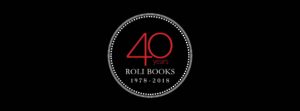

Pramod Kapoor, Founder, Roli Books
The well-known publisher of heavily illustrated books, Roli Books celebrated forty years of its existence. Along the way the Kapoor 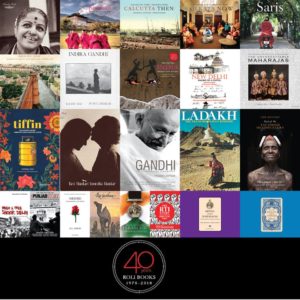 family ( Pramod Kapoor, Kiran Kapoor, Kapil Kapoor and Priya Kapoor ) have published some exquisite books with extraordinary backstories. To celebrate the milestone a short film documenting 40 years of Roli Books was released at a glittering
family ( Pramod Kapoor, Kiran Kapoor, Kapil Kapoor and Priya Kapoor ) have published some exquisite books with extraordinary backstories. To celebrate the milestone a short film documenting 40 years of Roli Books was released at a glittering 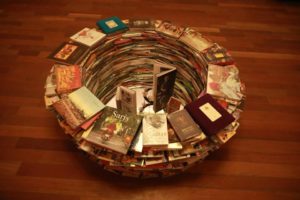 party held at Bikaner House.
party held at Bikaner House.
Here is the video charting 40 years of the publishing firm:
21 November 2018
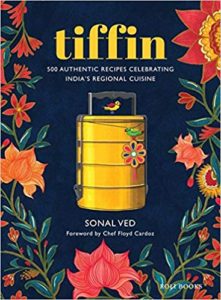 Vogue India’s food editor Sonal Ved’s Tiffin has just been published by Roli Books. Tiffin is a collection of 500 recipes, dishes that are usually sampled as school children when sharing each other’s tiffins during lunch break, a habit that continues into adulthood when sharing food with colleagues. Tiffin intends on celebrating this incredible richness of India’s regional cuisine and to create a repository of varied culinary traditions.
Vogue India’s food editor Sonal Ved’s Tiffin has just been published by Roli Books. Tiffin is a collection of 500 recipes, dishes that are usually sampled as school children when sharing each other’s tiffins during lunch break, a habit that continues into adulthood when sharing food with colleagues. Tiffin intends on celebrating this incredible richness of India’s regional cuisine and to create a repository of varied culinary traditions.
While most of these [recipes] have been hand-picked by culinary experts from each region, we went beyond, and reached out to the best repositories of traditional recipes — wedding caterers, who are given the responsibility of serving contemporary and traditional spreads. Each of the contributor recipes, which includes those given by grandmothers, mothers, aunts, friends, cookbook authors, and chefs who champion regional Indian cooking… .
Tiffin is a fabulous collection of recipes that cover the length and breadth of India providing a selection of recipes representative to the region. Whether it is the Goshtaba recipe from Kashmir to Pesarattu dosa from Andhra Pradesh or even the Manipuri Iromba from the North East there is a wide variety of recipes included. The beauty of collecting these recipes in one volume is that it enables the learner or an experienced cook to experiment with dishes, even mix and match if need be rather than remain stuck within one regional fare. It is a great way of learning how to put the spices and ingredients to multiple uses while also expanding the menu at the dinner table. In the opening pages of the book there is a description of the basic spices and ingredients used as well as some basic processes on how to make paneer or khoya etc. While the recipes collected within every section can be considered as only a sample of the region, it is the introductory essays to the sections that are worth reading and bookmarking, perhaps even looking up the references on the Internet. For instance, in the essay on Central India there is a reference to Kamar Bhai’s shop in Bhopal that specialises in selling Paya ( Trotters) Soup, loaded with bits of meat.
Every single essay is beautifully presented packed with information but without it being too detailed. It is a great bird’s-eye view of the cuisines to be expected in the forthcoming section. A particularly good example of this is the essay on South India which encompasses the states of Telengana, Karnataka, Andhra Pradesh, Tamil Nadu and Kerala. This region is famous worldwide for its cuisine such as the dosas, vadas and idlis but the richness in the fare lies in its finer distinctions such as local produce (which is heavily dependant on factors such whether it is in the black soil region or the coast) or even religion as is found in Kerala. The state is known to be a gourmet’s delight 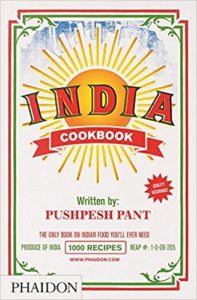 with its confluence of Christian, Muslim and Hindu culinary expressions and yet there are very distinct cuisines too. It is quite a feat to present these intricacies of the regional culinary mapping of India while not overwhelming the reader/cook.
with its confluence of Christian, Muslim and Hindu culinary expressions and yet there are very distinct cuisines too. It is quite a feat to present these intricacies of the regional culinary mapping of India while not overwhelming the reader/cook.
It is an incredible delight to behold a recipe book with such a sumptuous layout making it very dicey to carry it into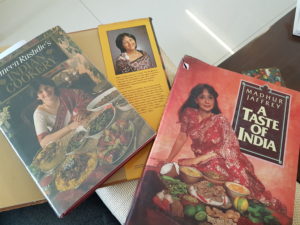 the kitchen to consult while cooking! Nevertheless it is a varied collection which has used recipes from the other marvellous Roli Books publication India by noted recipe columnist and author Pushpesh Pant. Some of the other notable Indian cookery book writers were Madhur Jaffrey, Meera Taneja and Tarla Dalal who paved the way for a new generation of cookery book writers to explore regional distinctions such as presented in Tiffin. In fact Sameena Rushdie’s phenomenal cookery book Indian Cooking ( published in 198) has just been reissued. Her description of collecting recipes is an age-old process whether passed on from generation to generation or exchanged across the dining table but the methodology for collecting recipes is only hinted at in Tiffin’s introductory essay. To describe the process can be quite tedious but here are two snapshots from Sameena Rushdie’s book attempting to note down the “Aloo Goshtaba” recipe from her mother which explain this process beautifully.
the kitchen to consult while cooking! Nevertheless it is a varied collection which has used recipes from the other marvellous Roli Books publication India by noted recipe columnist and author Pushpesh Pant. Some of the other notable Indian cookery book writers were Madhur Jaffrey, Meera Taneja and Tarla Dalal who paved the way for a new generation of cookery book writers to explore regional distinctions such as presented in Tiffin. In fact Sameena Rushdie’s phenomenal cookery book Indian Cooking ( published in 198) has just been reissued. Her description of collecting recipes is an age-old process whether passed on from generation to generation or exchanged across the dining table but the methodology for collecting recipes is only hinted at in Tiffin’s introductory essay. To describe the process can be quite tedious but here are two snapshots from Sameena Rushdie’s book attempting to note down the “Aloo Goshtaba” recipe from her mother which explain this process beautifully.
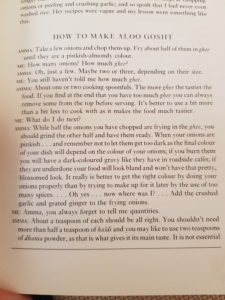
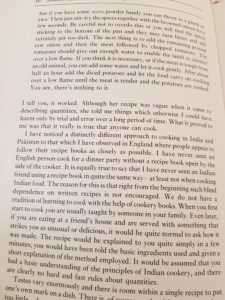
While Tiffin includes some of the well-known dishes like Khandavi ( Gujarat), Murgh Zafrani ( Uttar Pradesh), Haak ( Kashmir), Gatte ki Sabzi ( Rajasthan), Began Bhaja ( West Bengal), and Balushahi ( Bihar) there are many others that have been excluded such as Gulabjamuns or Kofta Curry. It is perhaps understandable given the limitations of space in a printed book. Perhaps a natural progression from having published this magnificent volume would be to begin a discussion forum online of food lovers who can share regional recipes. There are many such existing groups on social media but there is always room for another one especially when it becomes a digital and interactive extension of a printed commodity. It would also provide a platform to discuss variations on how to make a particular dish too. For instance the process described in Tiffin to make ghee (clarified butter) from cream is a tad complicated. While giving sound advice on removing the excess water from the cream before putting it on to cook, the description of a three-day process could instead have been of simply suggesting that the cream is collected regularly from the boiled milk over a period and then cooked on a slow flame till the ghee separates. A footnote added to the recipe could be that in some parts of north India the burnt cream residue left at the bottom of the dish is quickly mixed with sugar and eaten warm. A delicious sweet snack to combat the biting chill of north Indian winter. To prove how popular repository of recipes are take a look at the BBC Food — a phenomenal repository of recipes which went extinct in December 2008 and yet ten years on the archive is kept alive and open for users to browse through!
Given the stiff competition from online videos and recipe banks that are readily accessible it is always heartening to see a new cookery book in print. For an experienced cook these collections are always precious for it always helps to tickle the imagination by reading a few recipes to figure out what to prepare for the next meal or present as a new menu in a restaurant. At the same time Tiffin provides a critical function of taking ownership of the wide variety of regional Indian cuisine and hopefully preserving this knowledge of food systems for future generations as it is now slowly and steadily being eroded by modern lifestyles. Enthusiastic foodies have already begun leaving a digital trail of the variety of regional cuisines such as this article in Scroll about the various kinds of existing Indian cheeses like kalari, chhurpi and churu that have been eclipsed by paneer. Or that a Conde Nast award has been instituted for the best food writing and the shortlisted entries consist of articles on camel milk, bananas, or the food rituals associated with a funeral in Shamsabad.
Tiffin is a delightful addition to one’s cookery book collection. It will over time become a significant part of many household and commercial kitchens for it does provide an insight into a wide variety of processes of preparing even the basic Indian dishes.
To buy on Amazon India:
5 November 2018